Sometimes the greatest historical finds are the result of chance, an unexpected glimpse into yesteryear that illuminates the richness of humankind’s narrative. These serendipitous discoveries albeit accidental, have profoundly revolutionised our understanding of history, offering new perspectives and challenging preconceived notions. From the silent caves of France to the arid scrolls of the Dead Sea, let us explore some of the most significant accidental treasures that have unfurled the tapestries of our past.
The Allure of Lascaux Cave
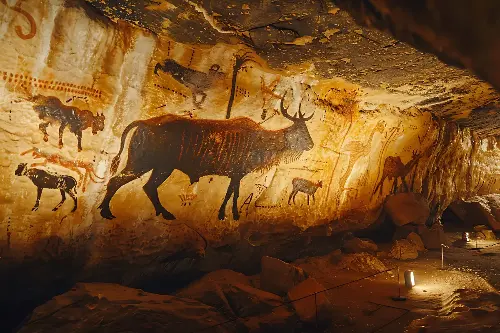
In 1940, southwestern France bore witness to an extraordinary revelation when a group of teenagers, led by a dog, stumbled upon a cave in Lascaux. This subterranean gallery, hidden for more than 17,000 years, showcased some of the most sophisticated and well-preserved Paleolithic cave paintings ever found. Vivid images of large animals, once native to the region, are etched on the walls, offering invaluable insights into prehistoric life and redefining our perceptions of early human artistic expression.
Rising Warriors: The Xian Terra Cotta Army
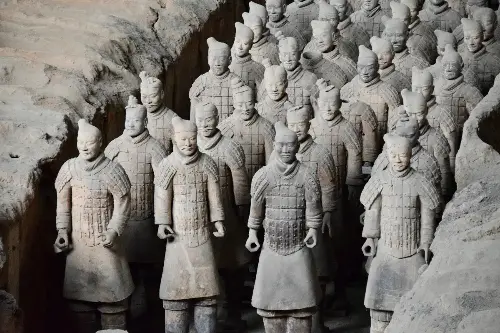
The year 1974 saw local farmers in Lintong District, Xian, Shaanxi province, China, inadvertently unearth what would eventually reveal itself to be one of the most astonishing archaeological finds of the 20th century: the Terra Cotta Army. Buried with the first Emperor of China, Qin Shi Huang, this vast brigade of life-sized clay soldiers was designed to protect him in the afterlife. The scope and detail astounded the world, giving us a remarkable window into ancient Chinese art and military history.
Venus de Milo: Marbled Elegance Revealed
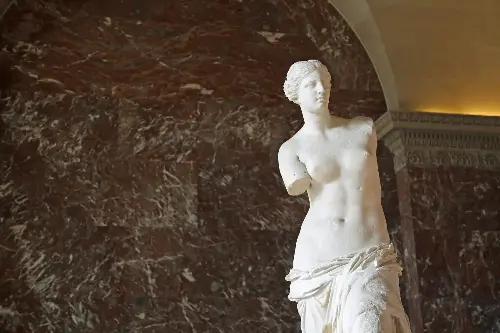
It is 1820 on the Greek island of Milos when Yorgos Kentrotas, a peasant, unearths fragments of a statue that would come to symbolise classical beauty. The Venus de Milo, as it would be known, is celebrated for its Hellenistic artistry and undiminished elegance despite the loss of its arms. Its accidental discovery has captivated art historians and enthusiasts alike, becoming one of the most admired works at the Louvre Museum.
The Hidden City: Derinkuyu Underground City
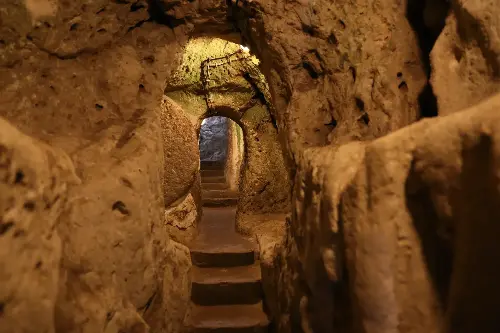
In 1963, a Turkish man in Cappadocia tore down a wall within his home only to reveal the entrance to an ancient underground city—Derinkuyu. Carved from the soft volcanic rock, the city descends some 60 meters underground featuring a sophisticated network of tunnels, living quarters, and community spaces. This extraordinary subterranean complex could house thousands and remains a testimony to the ingenuity of its builders.
The Rosetta Stone: Key to Ancient Scripts
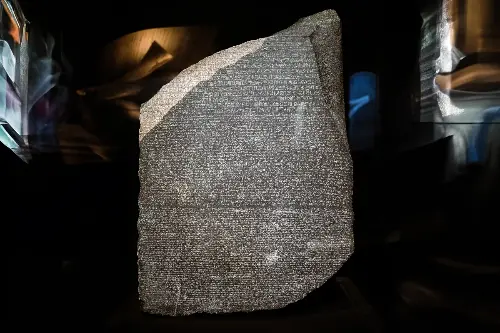
1799 marked the year when French soldiers, led by Pierre-François Bouchard, discovered a granodiorite stele near the town of Rosetta while building a fort under Napoleon’s campaign in Egypt. The Rosetta Stone, as it’s now known, bore inscriptions in three scripts: hieroglyphic, demotic, and ancient Greek. Crucially, it provided the essential clues for Egyptologists like Jean-François Champollion to decipher hieroglyphs, unlocking the long-lost language of ancient Egypt.
Discovering the Dead Sea Scrolls
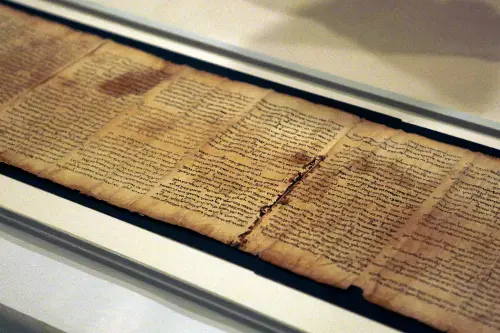
In 1947, a Bedouin shepherd searching for a stray sheep by the Dead Sea unearthed a collection of ancient scrolls within a cave in Qumran. These texts, known as the Dead Sea Scrolls, include the earliest known copies of the Hebrew Bible and present writings of immense significance for the study of ancient Judaism and early Christianity. The discovery of these scrolls has enriched our understanding of the Bible and the history of religious thought.
Each fragmented relic or silent monument that surfaces from the depths of time, such as the Lascaux Cave paintings or the stoic sentinels of the Terra Cotta Army, dramatically enriches our comprehension of ancient societies. The Venus de Milo and Derinkuyu Underground City challenge our conception of ancient art and urban planning. Meanwhile, the Rosetta Stone and Dead Sea Scrolls serve as cultural Rosetta Stones themselves, bridging lost languages and beliefs to the present day.
These accidental finds, often by individuals with no intention of altering history's course, have indeed revolutionised our historical knowledge. They remind us that the past is all around us, encoded in the very earth beneath our feet, awaiting revelation by the hand of fate—or, perhaps, by the simple turn of a spade.
